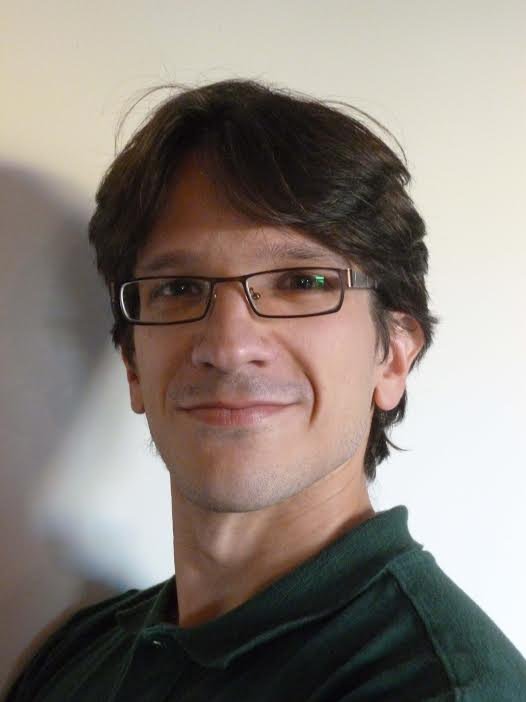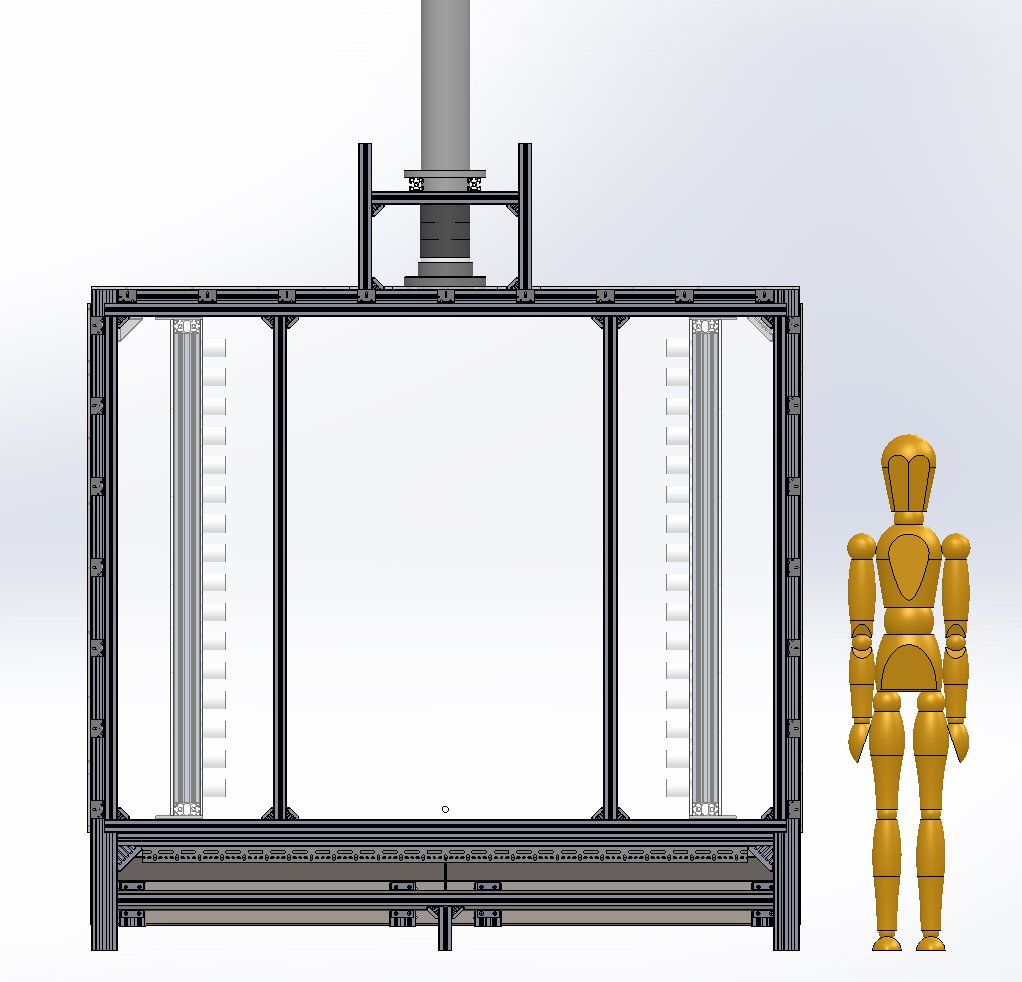Recent SAFL faculty celebrates one year at SAFL

St. Anthony Falls Laboratory’s newest faculty member, Dr. Filippo Coletti, just celebrated his one-year anniversary at the University of Minnesota. The assistant professor in the Department of Aerospace Engineering and Mechanics obtained his B.S. and M.S. in Mechanical Engineering at the University of Perugia, Italy before completing a Diploma Course in Fluid Dynamics at the von Karman Institute for Fluid Dynamics, Rhode-Saint-Genese in Belgium and a Ph.D. in Aerospace Engineering at the University of Stuttgart, Germany. An experimentalist in fluid mechanics, Dr. Coletti explained his interest in his field stems from “the visual beauty of it, and the fact that it's ubiquitous. I was also enthralled by the fact that, although we might know most of the governing equations, we still can't predict or even understand the behavior of many flow phenomena.”
As a job-hunting post-doctoral researcher at Stanford University, Dr. Coletti was drawn to the University of Minnesota and eventually SAFL because of the high level of fluid mechanics research conducted here. “I admired the work of many of these researchers, and I knew this must be a good crew of people,” he says. One of his first stops when he arrived in Minnesota was to meet with SAFL director Fotis Sotiropoulos to discuss becoming an affiliated researcher. “SAFL wasn’t part of my interview process,” Coletti explains “I visited here, but I didn’t become joint faculty until shortly after I started. It made sense to build here the experimental facility I had in mind. It was a good location and made logistical sense.”

The proposed experimental facility, named Cloud of Inertial Aerosol, or CloudIA, will be a “big drop box, or better, a turbulent drop box.” Dr. Coletti plans to use CloudIA to watch heavy particles settle through a labyrinth of air jets shooting at one another in a random sequence to create turbulent flow, which Dr. Coletti explains is hard to define. “Turbulence is time-varying, contains a range of spatial and temporal scales, and is populated with swirling events. It has a chaotic behavior, which makes the motion of the individual fluid parcels unpredictable.” To capture this unpredictable flow, high-speed cameras and volumetric reconstruction will allow researchers to study how fast the particles settle and potentially collide with one another. The facility will also expand the SAFL research emphasis, which to date has mainly focused on particle movement in water rather than air, and it will allow Coletti to explore his interests in the movement of solid particles in turbulent fluid flow environments.
The movement, particularly the settling, of such particles and the way they interact with the flow is hard to calculate with present computational models. Therefore, experimental measurements from facilities like CloudIA are needed to understand and eventually predict the behavior of both the particles and the fluid. Real world examples would be water droplets in clouds, smoke from a power plant, and interstellar dust. The applications for this research are broad and include addressing environmental problems, like where soot from a factory travels and how it can be better controlled to prevent air pollution and associated respiratory disease.
The second direction Coletti’s research takes is determining the transport of particles through the human body, such as aerosols in the lungs or the movement of clots through blood vessels. Coletti first started thinking about biofluid mechanics during his post-doctoral research, when he was using MRI techniques to study conventional fluid mechanics, such as film cooling jets and transport through porous fins. MRI being primarily used in clinical applications, it was natural for him to consider MRI to study the fluid mechanics within the human body. “There are so many fluid mechanics questions in physiology and biomedicine, and the first one I got interested in was the transport in the human airways,” he explains. “So I took the data from the chest scan of a patient, 3D printed a model of the mouth, throat, and bronchi, and measured the flow field inside it with MRI. Much of the research I do started with that experiment.” And while the two areas of his interests in fluid mechanics are very different, Coletti works to bring these pieces together by focusing on understanding the transport of particles through the complex and possibly turbulent flow within the human body.
In spite of all the planned research advances, Dr. Coletti is most looking forward to his role at the University of Minnesota and SAFL as an educator. “Being a mentor for motivated students is my most important duty,” says Dr. Coletti. “I love doing research, but publishing papers is not nearly as rewarding as training future scientists and seeing them make their own contributions to science."
